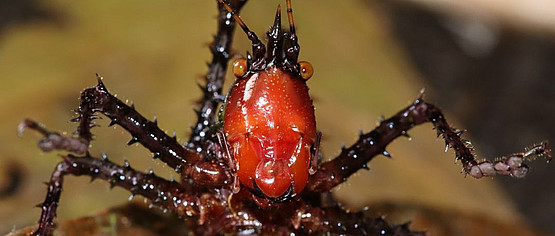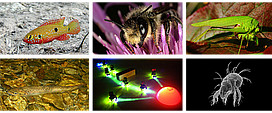Dr. Thorin Jonsson
Research Interests
How do animals talk to each other? How do they produce and receive their wide range of acoustic communication signals? How can small animals like insects generate their loud sounds? These are some of the questions in animal communication that I address and try to answer in my research.
As a bioacoustician broadly interested in animal communication, I focus on investigating the morphology, the biomechanics, and the biophysics of animal sound producing and receiving structures. In this wide field, I am especially fascinated by the ability of small animals to produce loud acoustic signals using an astonishing diversity of morphological structures, from modified claws in the mantis shrimp and vibrating abdominal membranes in cicada tymbals to caterpillar gut-whistles and vibrating genitalia in the water boatman.
An integral part of acoustic communcation is the reception of sound signals and the animal kingdom is certainly not short of “ears”. In insects alone, sound receiving structures have evolved – independently from each other – at least 19 times on 15 different body parts. Many flies, e.g., use their antennae for hearing, while grasshoppers have paired tympanal ears in the first abdominal segment and some moths have evolved minute ears nect to their mouthparts.
A group of insects that excels in both singing and hearing are crickets and bush-crickets (Orthoptera, Ensifera), which have therefore become model organisms in my studies to understand the governing mechanisms and principles behind sound production and reception in insects. In my research, I use a variety of interdisciplinary methods to study the morphology, mechanics and – ultimately – function of structures involved in acoustic communication, including acoustic recording techniques, laser Doppler vibrometry (LDV), micro-computed tomography (µCT), high-speed video recordings and AI-supported motion tracking, and 3D and numerical modelling approaches (using the finite element method).
I am very open for new research avenues and ideas and always welcome highly motivated students to join my group. So, if you are enthusiastic about animal communication (no fondness for crickets required) and want to explore what animals say to each other and how they do it, get in touch!
Contact
Björn Thorin Jonsson
Institut für BiologieUniversitätsplatz 2
8010 Graz




